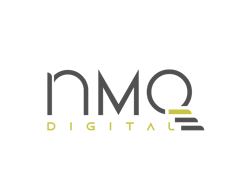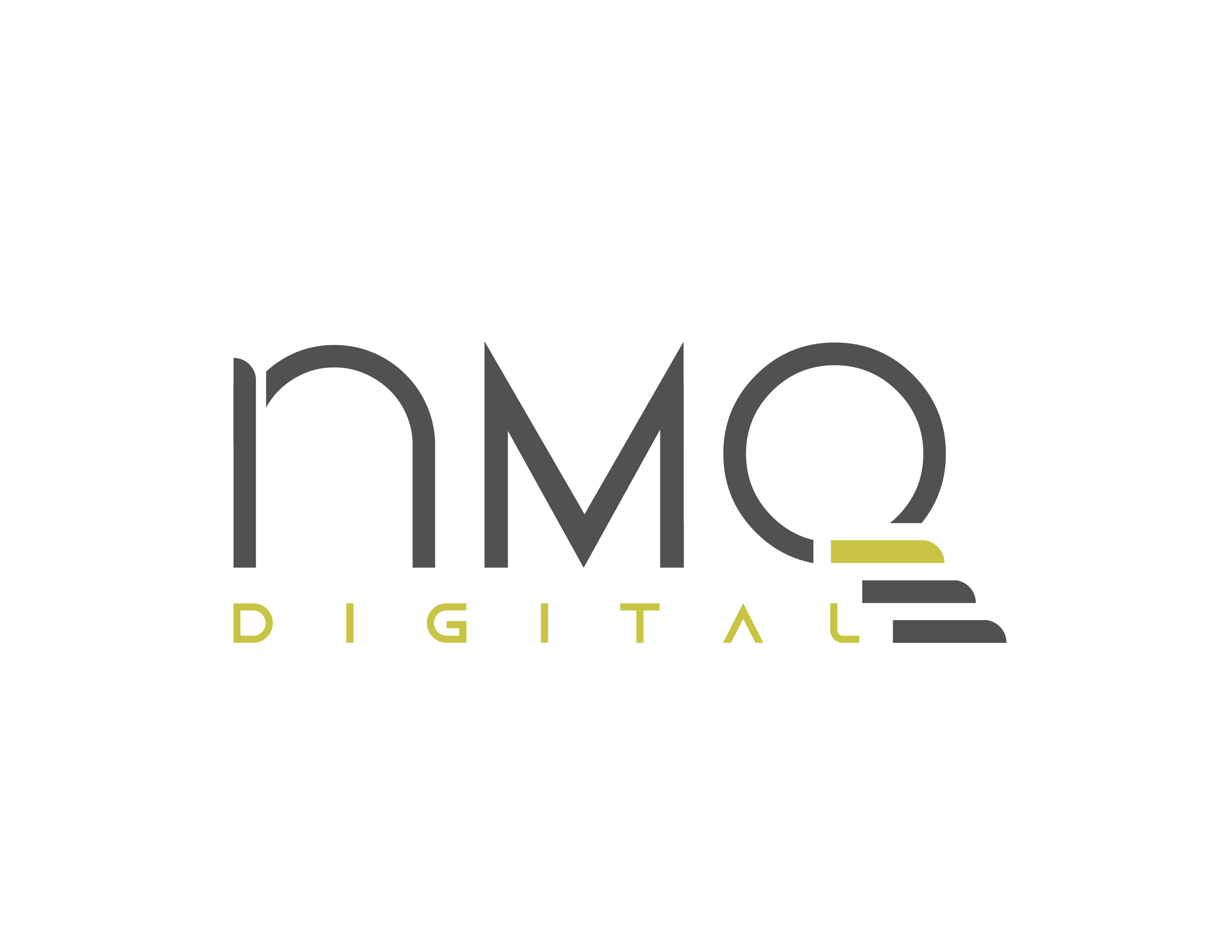Enhancing the customer experience in digital marketing involves personalization, where you customize interactions to meet individual needs and preferences. It goes beyond the basic "Hi [Name]" email greeting, utilizing data and analytics to comprehend your audience better. This enables you to provide them with tailored messages, offers, and content through various channels.
In this blog, we will focus on:
- What is Personalization?
- What are the Benefits of Personalization?
- How to Enhance Conversion Rates Through Web Personalization?
- How Does Dynamic Real-Time Personalization on Web Pages Work?
- How Does Machine Learning Impact Product Personalization?
What is Personalization?
Personalization tailors the online experience for each customer. By using data on a customer's preferences, interests, and behavior, businesses can deliver relevant content, offers, and recommendations, leading to higher engagement, sales, and loyalty.
Here is a breakdown of what personalization entails:
- Understanding your audience: This is the groundwork of personalization, achieved through data collection on demographics, interests, and behaviors.
- Segmentation: Dividing your audience into groups based on shared traits (age, location, purchase history) for targeted messaging.
- Dynamic content: Content that adjusts to individual users in real-time based on their profile and browsing behavior (product recommendations, website banners).
Personalization is not a fad, it is fundamental. By tailoring content, offers, and experiences to individual needs, you can dramatically improve customer engagement.
Relevant messages resonate more, leading to a smoother customer journey. This translates to increased sales and conversions, as well as fostering stronger brand loyalty.
In today's digital landscape, personalization is no longer a luxury, but a necessity for businesses to stay ahead of the curve.
What are the Benefits of Personalization?
Personalization is no longer a "nice-to-have" but a "must-have" for digital marketers. According to Twilio's 2022 State of Personalization Report, as many as 62% of consumers will change brands after a failed or non-personalized experience.
One key benefit of personalization is its ability to foster stronger customer relationships. By receiving messages and offers that resonate with their interests, customers feel valued and understood. This not only increases engagement but also builds trust and loyalty.
Imagine browsing an online store and seeing curated product recommendations based on your past purchases or browsing history. This personalized experience feels helpful and efficient, making you more likely to convert into a paying customer.
Furthermore, personalization goes beyond static content. By leveraging automation tools, marketers can personalize the customer journey in real-time. For instance, a website can dynamically adjust product placements and calls to action based on a user's behavior. This dynamic approach ensures that each customer receives the most relevant information at the right time, significantly improving the overall user experience.
How to Enhance Conversion Rates Through Web Personalization?
Web personalization tailors the user experience on your website to the individual visitor, increasing the relevance and appeal of your offerings. By understanding how to personalize your website, you can create a more engaging journey for your visitors, leading to more conversions and sales.
Here are a couple of tips and tricks for you to follow while personalizing your web experience;
1. Understand Your Audience
The foundation of personalization lies in understanding your audience. Gather data on user demographics, interests, behavior (browsing history, past purchases), and preferences (through surveys or website interactions). Segment your audience into distinct groups based on these factors.
A study by McKinsey & Company revealed that 71% of consumers expect companies to deliver personalized interactions and 76% get frustrated when this does not happen.
2. Personalize Content and Offers
With audience segments in hand, tailor content and offers to their specific needs. For instance, highlight products relevant to their browsing history or demographics. Returning customers might benefit from personalized recommendations based on past purchases, while first-time visitors could be greeted with introductory offers or popular products.
According to a Zippia analysis of marketing personalization statistics, personalization efforts can increase ROI by an average of 500% to 800%.
3. A/B Test Personalization Strategies
Do not assume what works best for your audience. Run A/B tests to compare different personalization strategies and see which ones resonate most with each audience segment. This data-driven approach allows you to continuously optimize your personalization efforts for maximum impact.
52% of marketers report that A/B testing is the most effective tactic for personalization optimization, according to a survey by Evergage.
4. Personalize the User Journey
Personalization extends beyond product recommendations. Personalize the entire user journey by pre-filling forms with known user information, offering localized content based on user location, or using greetings that acknowledge their past interactions.
91% of consumers are more likely to shop with brands that provide relevant offers and recommendations, according to Accenture.
5. Respect User Privacy
Be transparent about how you collect and use user data for personalization. Ensure compliance with data privacy regulations and give users control over their data. A privacy-focused approach builds trust and strengthens customer relationships.
According to a survey conducted by IBM, 80% of consumers are more likely to trust companies that are transparent about how they collect and use their data. Additionally, 87% of respondents believe that companies should provide them with more control over their personal information. This underscores the importance of a privacy-focused approach in building trust and strengthening customer relationships.
How Does Dynamic Real-Time Personalization on Web Pages Work?
Real-time personalization in digital marketing is all about tailoring content and experiences to individual users at the exact moment they interact with your brand. It goes beyond just knowing a customer's name.
By using data on their current behavior and preferences, you can deliver messaging, product recommendations, and website content that is most relevant to them at that specific moment. This approach leads to higher engagement, conversions, and overall customer satisfaction.
Imagine a website that transforms for each visitor, highlighting products they would love, addressing their pain points, and guiding them toward their goals. That is the magic of dynamic real-time personalization on web pages.
Here is a breakdown of how it works:
1. Data Collection
Gaining insights from personalization begins with data collection. Here are some initial methods for gathering data:
- Cookies: Small packets of data that remember user preferences and interactions on a website.
- Web Logs: Records of what a user does on a website, like page visits and clicks.
- User Forms: Information a user willingly provides through sign-up forms, surveys, or preferences.
- CRM Integration: Connecting to a system that already has data about customers, like what they have bought.
While data collection is the backbone of real-time personalization, it is crucial to strike a balance between gathering valuable insights and respecting user privacy. Transparency and clear communication about how data is used are key to building trust with your customers.
2. Segmentation
Market segmentation is the art of dividing a broad audience into smaller groups with shared characteristics for targeted marketing.
It means organizing visitors into groups based on things like age, behavior, preferences, and what they are looking for.
3. The Real-Time Magic
The real-time magic in data personalization lies in transforming user behavior into instant, relevant experiences that feel like mind-reading. Here are some points you can leverage the real-time data:
- Content and Offers: Changing product suggestions based on user history or demographics.
- Dynamic CTAs: Showing personalized messages like "Buy Now" for return visitors or "Learn More" for first-timers.
- Search Results and Navigation: Highlighting products users are likely to be interested in.
Data personalization, done right, can turn fleeting interactions into lasting customer connections
Benefits of Real-Time Personalization
Here are some benefits of real-time personalization;
- Increased Conversion Rates: More people doing what the website wants, like buying or signing up.
- Enhanced User Engagement: People staying on the site longer and interacting more.
- Improved Customer Satisfaction: Making users feel more connected and happier.
Remember:
- Transparency is Key: Websites should be clear about what data they collect and how they use it.
- Respect User Privacy: Follow rules about keeping user information safe.
- A/B Testing is Crucial: Try out different personalization methods to see what works best.
How Does Machine Learning Impact Product Personalization?
The main prerequisite for machine learning on product personalization is high-quality data. It needs to be relevant, clean, and sufficient.
Machine learning plays a transformative role in product personalization, fundamentally altering how businesses tailor their offerings to individual customers.
In the past, businesses relied on broad strokes and demographics to categorize customers. Today, machine learning algorithms can analyze vast amounts of data, from past purchases and browsing history to social media interactions and even sentiment analysis. By identifying patterns and trends within this data, machine learning can create a much more nuanced understanding of each individual customer.
Here is how this newfound knowledge is revolutionizing product personalization:
1. Unveiling Customer Preferences
Machine learning algorithms analyze vast amounts of customer data to identify hidden patterns and preferences. This allows businesses to tailor product recommendations and marketing messages to individual needs and desires, exceeding what customers explicitly express.
It provides organizations with,
- Data Analysis Powerhouse: Machine learning unlocks deep customer insights by analyzing massive datasets.
- Predictive Power: Machine learning predicts customer interest for targeted recommendations, boosting sales (e.g., suggesting shoes based on jacket searches).
2. Crafting Dynamic Experiences
Machine learning algorithms can personalize user interfaces and product features in real-time based on user data. This allows for crafting dynamic experiences that adapt to individual preferences and behaviors, leading to increased user engagement.
It helps organizations with,
- Real-time Personalization: Machine learning personalizes in real-time (e.g., shoe store curates product displays based on browsing).
- Micro-Segmentation: Machine learning refines customer segmentation. It goes beyond demographics to create micro-segments with targeted messaging and product offerings for niche audiences.
3. Continuous Improvement
Machine learning models constantly learn and refine themselves based on user interactions and feedback. This allows for ongoing optimization of product recommendations, search results, and overall user experience. As user preferences evolve, machine learning algorithms adapt to deliver an increasingly personalized and relevant experience.
It provides organizations with,
- Learning from Interactions: Machine learning personalizes experiences. User interactions refine recommendations, creating a feedback loop for ever-improving suggestions.
- A/B Testing and Optimization: A/B testing refines personalization with machine learning. Businesses can test variations to find the best approach for each segment, maximizing impact.
In conclusion, data personalization offers a powerful way to connect with your audience on a deeper level, but navigating the complexities of data collection and usage can be daunting. That is where NMQ Digital comes in with its Data & Analytics Services. Our team of experts can help you develop a data personalization strategy that respects user privacy, maximizes engagement, and drives results.






